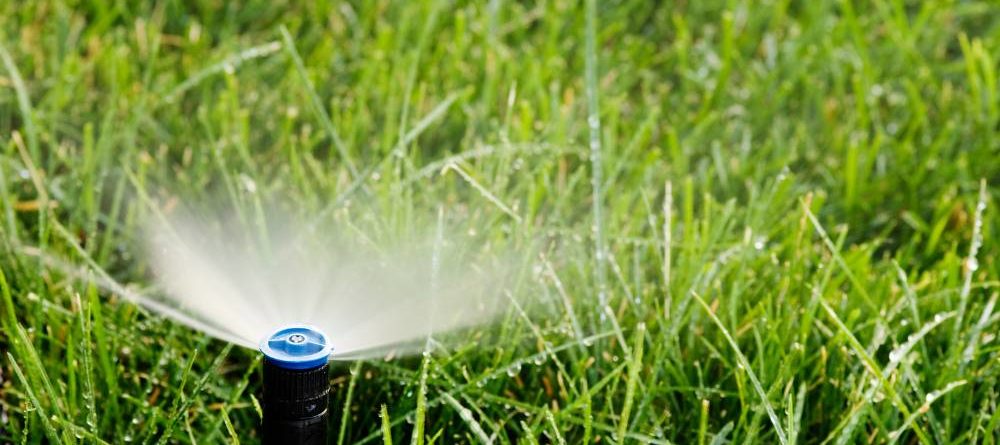Tune Up Your Sprinkler System to Save Water and Improve Lawn Health
Automatic landscape irrigation systems are very convenient, but regular maintenance is needed to ensure they are operating properly and efficiently. Tuning up your system now can reduce your summer water bills.
You can perform many of these system checks yourself or you can contact a licensed irrigation contractor for an inspection and tune up. Dallas Water Utilities offers a free inspection service. If you decide to do your own inspection, choose a warm day and dress appropriately because you may get wet. Pick up some flags from a home center or hardware store, and use them or other markers to mark problem areas. Make notes of what you find.
Be sure that every zone of your system works. The wires that activate the control valves are small and can corrode or break, and zone control valves can fail. Underground pipe breaks can drain a zone’s water supply so the heads in that zone won’t function properly. A valve or supply pipe problem can cause one zone’s output to be weaker than other zones.
Check every spray head in every zone to be sure each is working correctly. Heads can be damaged by freezing temperatures. Damaged heads may shoot a jet of water into the air, or they may spill a steady flow on the ground. These heads need to be repaired or replaced. Some heads may fail to pop up or may pop up but fail to spray. If a head doesn’t pop up, you may be able to free it by pulling it up by hand. If it comes up, move it up and down a few times to flush out the debris that is causing it to stick. A head that pops up but doesn’t spray properly may have a clogged filter or a clogged nozzle. Fix or flag these nozzles.
Look for areas where water is bubbling out of the ground away from spray heads. It’s possible that a buried line cracked during the winter. It will need to be excavated and repaired.
Beyond these strictly mechanical aspects of your system, you may want to check the system’s performance. The system should distribute water evenly. Check this by placing containers such as tuna cans around the spray area. Run the water for a set time and measure how much water each can catches. If the distribution is uneven, heads or nozzles should be adjusted or replaced. Irrigation system nozzles must be matched to the water system pressure. Low water pressure can cause poor coverage; excessive water pressure can cause misting. Finally, check your rain detector (city codes might require your system to have a working rain detector and freeze detector) to be sure it works. Any of these checks and adjustments may require a licensed irrigator’s help.
Once your system is tuned up and ready to use, you still need to decide when and how long to run it. Don’t simply set the timer and forget about it. Instead, apply water to your landscape when you need it. Use an inexpensive soil moisture meter, available at home centers and nurseries, to measure lawn soil moisture at a depth of 4 – 6 inches. Run the system only when the moisture level measures as dry to low. Allowing the soil to dry between watering periods encourages turf to develop deep, drought-resistant roots. Set your system to run just before sunrise, when dew is most likely to form. Watering at this hour minimizes the time the turf is wet and susceptible to fungal infection. If you notice water runoff, reduce the run time to see if you can eliminate the runoff and still provide adequate water. Or, if your system allows it, split the run time so each zone receives two shorter application periods. The first will moisten the soil to make it more absorbent, and water applied during the second period will soak in better.
Texas A&M AgriLife offers more irrigation tips online along with a publication on Landscape Irrigation Efficiency you can download for free. You can also contact the Dallas County Master Gardener Help Desk at dallasmg@ag.tamu.edu with any lawn and garden questions.












